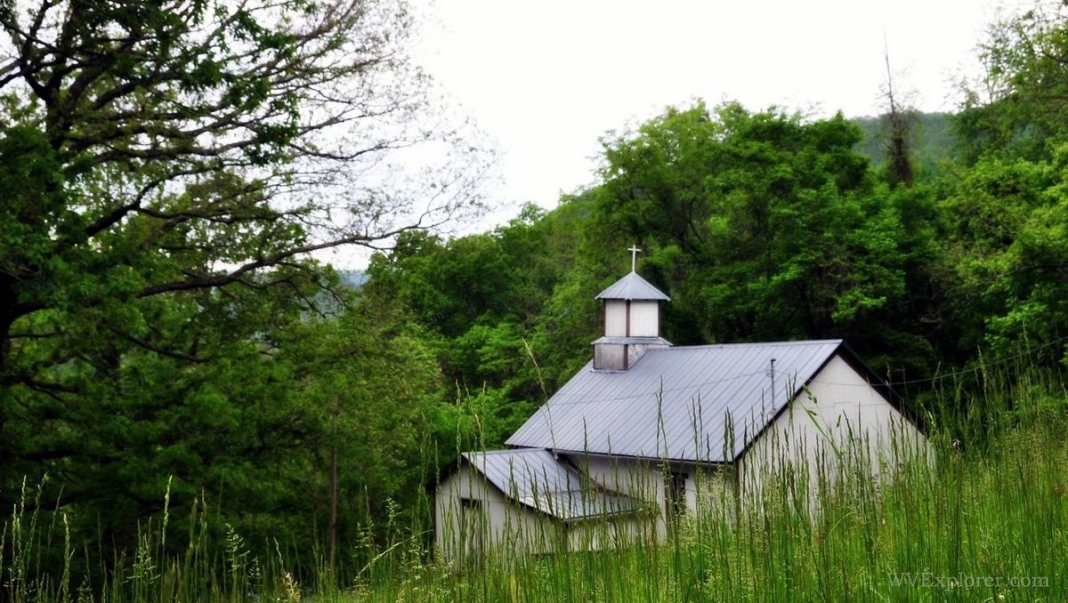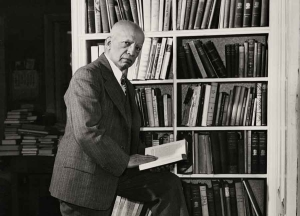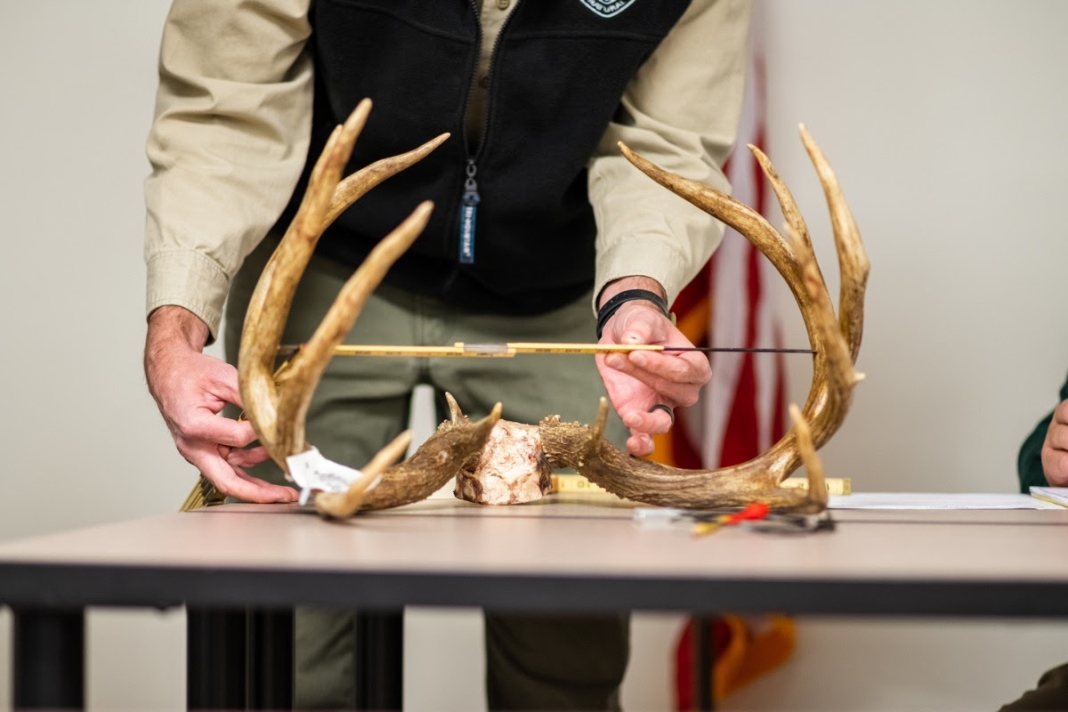FAYETTEVILLE, W. Va. — America's newest national park is also a classroom for Black History, says a spokesman for an adventure resort bordering the New River Gorge National Park and Preserve.
Observed each February in the U.S., Black History Month traces its roots to groundbreaking historian and scholar Dr. Carter G. Woodson, who long ago shoveled coal in what's now the park, says Roger Wilson, CEO of Adventures on the Gorge.
“Whenever I explore the ruins of the old coal mines or visit the noteworthy places where African Americans once lived and worked, I am inspired, knowing the challenges they faced and overcame here,” Wilson said.
“As the New River Gorge becomes increasingly popular as a travel destination, it is important never to lose sight of the human history of this place. I laud the National Park Service for its ongoing efforts to preserve this heritage.”
Dr. Woodson, widely known as the father of Black History, was one of the numerous black coal miners and railroad workers who left their mark in southern West Virginia, and many of the most significant landmarks and historical sites in and near the park can be explored.
One of the initiatives that underscore the importance of the region is its African American Heritage Auto Tour, which includes 17 stops at sites throughout the region. Free CDs for the tour are available at the national park's Canyon Rim Visitor Center near Fayetteville, West Virginia. Stops on tour include:
- Quinnimont Missionary Baptist Church — Churches such as this served the spiritual needs of the growing African American community during segregation.
- Camp Washington-Carver — Built by the Civilian Conservation Corps, this was the first 4-H camp for African American youth. It continues to provide the venue for events such as the Appalachian String Band Festival and Heritage Arts Camp.
- Hawks Nest Workers Memorial and Grave Site — This industrial disaster killed 764 workers, many of whom were African American. They were suffocated by silicosis, an incurable disease caused by exposure to silica dust. The Hawk's Nest disaster is one of the worst industrial tragedies in U.S. history.
- John Henry Park — According to one legend, folk hero John Henry worked as a steel driver on the Chesapeake and Ohio Railway in the 1870s at about the time the automated steam drill was introduced. The story is celebrated in ballads and during John Henry Days, staged the second week of July in Talcott, West Virginia.
- Stratton High School — Opened in 1919 when education was still segregated, Stratton was the region’s first all-black high school. It was desegregated in 1967.
- Hinton Depot — Many African Americans arriving in southern West Virginia first passed through the historic Hinton Depot.
More About Dr. Carter G. Woodson
Born in Virginia to former slaves, Woodson and his brothers traveled to southern West Virginia in 1892 to work alongside other African Americans in the mines.
Woodson was among thousands of African Americans from southern and Mid-Atlantic States who settled in the region beginning in the late 1800s to work in the region’s booming coal mines and on the burgeoning Chesapeake & Ohio Railroad.
Like Woodson, many of the workers were born to parents who were freed slaves. The National Park Service estimates that more than one-quarter of the mine workers in West Virginia between the booming years of 1870 and 1930 were African American.
Wilson says it was backbreaking, dangerous, and sometimes deadly work, but it was one of the best opportunities for unskilled workers to earn a decent living. Miners who managed to load an average of five tons of hand-picked coal daily could earn as much as $5 per day.
For Woodson and many others, saving those hard-earned pennies allowed them to eventually pursue other career goals and establish more comfortable lives for their families.
Although he was literate—he’d taught himself to read the family Bible when he was growing up—Woodson focused on improving his reading and math skills during his years as a coal miner, successfully socking away his pay so he could attend high school.
When he wasn’t picking and mining coal, Woodson socialized with a growing group of other self-educated and thoughtful miners while honing the research and writing skills that would become the foundation of his career success.
After graduating from Douglass High School in Huntington, West Virginia—one of the few black high schools in the region—Woodson enrolled in Berea College in Kentucky, where he earned a bachelor's degree in literature
Woodson funded his college classes by teaching in a school for the children of African American miners in the coal camp of Winona on the edge of the New River Gorge. He would continue to teach and study his entire life.
After concluding a teaching post in the Philippines and traveling the world, he returned to the U.S. to further his studies, ultimately earning a doctorate from Harvard University in 1912.
He published his first book, “The Education of the Negro Prior to 1861,” in 1915 and shortly after formed an association called the Association for the Study of Negro Life and History to promote the study of Black American history and culture.
In 1926, Woodson founded the first Negro History Week, designed to devote a week to the celebration of achievements by African Americans. The idea caught on nationwide and was promoted for decades.
History teachers around the country began to mark the week by teaching African-American history in their classrooms. Woodson died in 1950, but Negro History Week continued. In 1976, President Gerald Ford expanded the event into Black History Month.
Sign up to receive of FREE copy of West Virginia Explorer Magazine in your email weekly. Sign me up!



